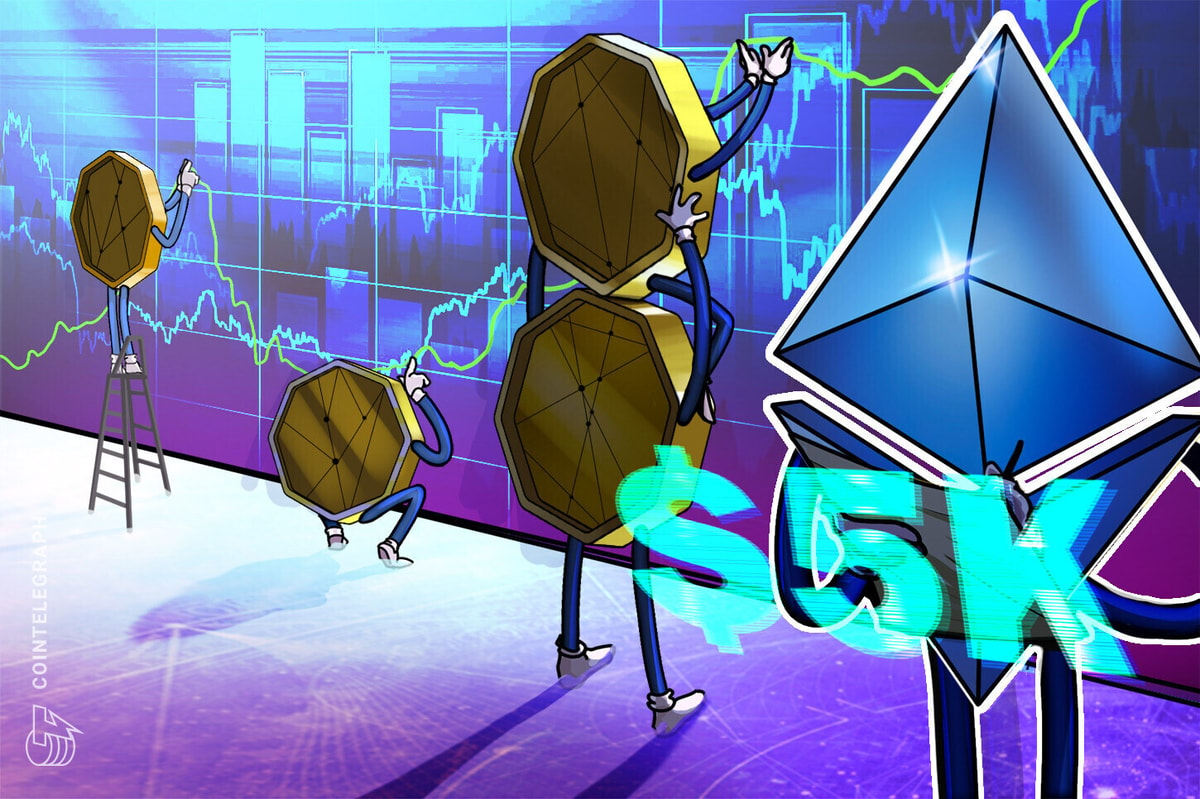The Ethereum network continues to lead in the adoption of decentralized applications (DApps) regarding volumes and deposits. Although competing chains like Solana and BNB Chain benefit from lower transaction fees, which boost metrics such as unique active addresses, nothing prevents well-funded entities from inflating Ethereum’s DApp volumes.
In fact, the recent surge in activity on the Ethereum network stands apart from broader cryptocurrency market trends and even contradicts other usage metrics. While it’s impossible to confirm any manipulation, one should be aware that even with a substantial $2.4 transaction fee, figures can be distorted, particularly in decentralized finance (DeFi) applications, where deposits can exceed $1 billion.

It’s noteworthy that Ethereum was the only network among the top 20 to report an increase in volume, marking an impressive 83% growth compared to the previous week. For perspective, similar protocols such as BNB Chain, Polygon, Solana and TON experienced an average volume decrease of over 30%. Moreover, Ethereum’s 475,980 addresses pale in comparison to BNB Chain’s 1.18 million and Solana’s 1.62 million.
Interestingly, the surge in Ethereum’s volume was not matched by an increase in user numbers. Using unique active addresses interacting with DApps as an indicator, Ethereum saw 8% fewer users compared to the previous week, which, while better than its competitors, is paradoxical given its significant volume increase.
One might suggest that despite having fewer users due to relatively high fees, Ethereum’s growth in deposits might have offset the decrease in activity.

Data indicates that Ethereum’s total value locked in DeFi applications fell by 17.5% in seven days, whereas competitors like Solana and Avalanche managed to attract deposits. Additionally, the number of DApp transactions on the Ethereum network did not rise during this period of soaring volumes, suggesting that a more thorough analysis is needed to understand the anomaly.

Ethereum’s volume growth was primarily driven by a 422% increase in Balancer over seven days, totaling an impressive $40.6 billion. To illustrate, this is 13 times more than the total activity on BNB Chain during the same period. However, Balancer’s significant volume increase did not coincide with improvements in other metrics; the DApp saw a 5% decrease in unique addresses and a 14% drop in transactions within the same week.
Related: Low Bitcoin and Ethereum fees may not necessarily be good news
Excluding Balancer’s contribution, Ethereum’s volume growth over seven days actually fell by 5%, as this single DApp accounted for 59.5% of the entire network’s volume. While it’s not unusual for one DApp to dominate a blockchain’s volume — BNB Chain is largely driven by PancakeSwap, and Uniswap holds nearly a 50% share on the Polygon network — Ethereum’s reported activity growth should be viewed cautiously due to the distortion caused by one DApp’s data.
Determining the genuine demand behind Balancer’s surge in volume is challenging. Even if some trades within the DApp are marginally profitable, this does not conclusively determine user intent. For instance, the Binance exchange announced on July 1 that the Balancer (BAL) token was placed on a watch list for potential delistings, which could be connected to the DApp's unusual activity, although establishing a direct link between these two occurrences is complicated.
This article does not contain investment advice or recommendations. Every investment and trading move involves risk, and readers should conduct their own research when making a decision.










